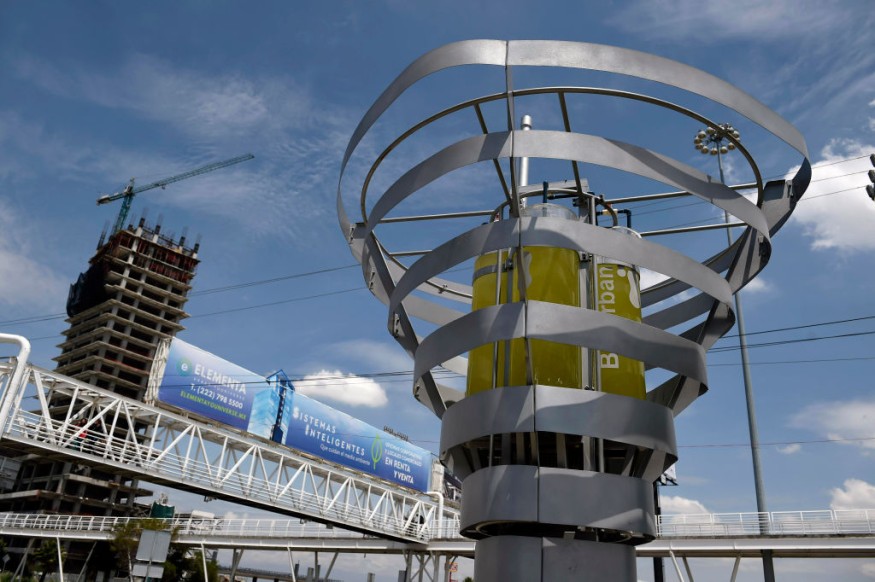
The inherent mechanism of converting freshwater, carbon dioxide, with light into air and electricity aids crop production; it is a mechanism that researchers are attempting to exploit and modify in effort to generate nourishment, power, and other products.
NASA Works on Artificial Photosynthesis
Experts define an exploratory synthetic photosynthesis approach that uses a two-step electrocatalytic method to create carbon dioxide, water, and energy supplied by photovoltaic arrays into acetic in a paper published. Plants may utilize this acetic to thrive, Science Alert conveyed.
In reality, the method developed here is meant not merely to replicate natural photosynthesis, yet also to enhance on it - in crops, approximately near 1% of sunlight's power is converted into crop residues, but here the productivity may be enhanced by roughly fourfold.
As explained by Robert Jinkerson, an environmental and chemical expert at the University of California, Riverside, using the technique, researchers hoped to uncover a novel technique of manufacturing nourishment that can push beyond the restrictions generally provided by natural photosynthesis.
The investigators' electrical transition equipment, or electrolyzer, had to be properly adjusted in particular to work as a development stimulus for food-producing microorganisms, which included increasing the quantity of acetate generated while decreasing the quantity of sodium created.
Moreover, the league's subsequent investigations revealed that acetate-rich electrolyzer discharge can sustain a wide range of species, notably algal species, fungus, and mycelium, which creates mushrooms. In reference, this form of algae cultivation is approximately four times more power saving than photosynthetic organisms.
The procedure described now is sufficiently outstanding that it was chosen as among the victors of the NASA Deep Space Food Challenge, a display of developing technology that might one day aid in the growth of nourishment in space: picture being equipped to cultivate plants within subterranean bunkers on Mars, for example.
Artificial photosynthesis has the potential to revolutionize crop yields not only in orbit, but also on Earth. Intense heat, famine, flooding, as well as other hazards to normal farming technology have become increasingly widespread as a result of the environmental crisis.
While methods like these aren't a reason to deny global warming, they may contribute to making crop yields more adaptable and allow plants to be produced in much more areas - maybe in more metropolitan regions.
The Underlying Benefits of Artificial Photosynthesis
The experts demonstrated in the study that is posted under Nature Food that cowpea, tomatoes, tobacco, grain, canola, even green pea products could equally utilize the carbon in the acetic and thrive sans daylight. The method might be utilized in conjunction to or replacement of conventional photosynthesis.
In official interview with UC Riverside horticulture and botanical expert Marcus Harland-Dunaway, he remarked that researchers discovered that a diverse variety of vegetables may absorb the acetate researchers gave and construct it into the key chemical basic components a species requires to live and survive.
Humans may be ready to produce plants with acetate as an alternative electricity generation to increase crop output with some genetics and technology that scientists are now focusing on.
Employing synthetic photosynthesis technologies to create food might represent a conceptual change in how researchers nourish folks. By improving the agriculture productivity, little acreage is required, reducing the environmental effect of farming.
In non-traditional locations, such as interstellar space, better energy consumption might assist nourish greater team personnel with less resources.
Related article : Carbon Dioxide Can Be Recycled as Useful Chemicals and Fuels Using Solar Powered Synthesis Gas
© 2025 NatureWorldNews.com All rights reserved. Do not reproduce without permission.





